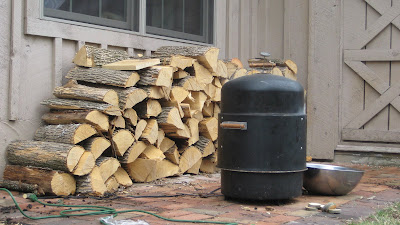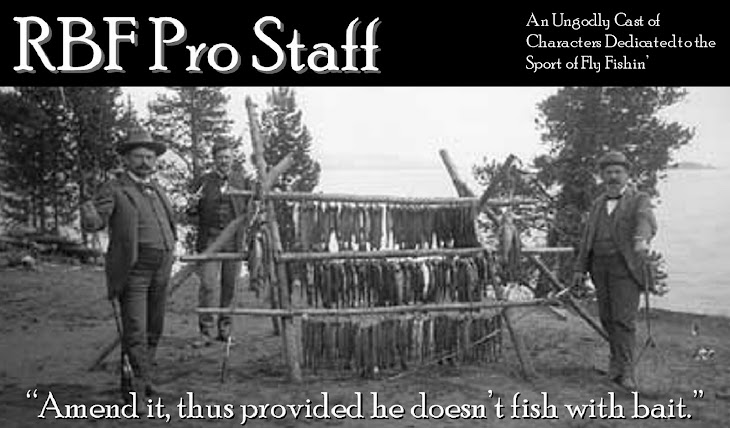
From the small, spring fed tributaries where the Gallatin is born up in the sub alpine basins of Yellowstone Park , through the scenic canyon stretches, to it's confluence with the Madison and Jefferson Rivers on the sage covered flats where John Colter made his famous marathon run to escape the Blackfeet, the Gallatin is a model of a near perfect Western trout stream.
Combining Blue Ribbon quality with blue collar appeal and some of the best access of any river of it's size in Montana, the Gallatin offers a terrific variety of fishing from native cutthroat trout in it's upper reaches to rainbows and browns down in the canyon. Best of all, these are all wild fish and it's been that way for years now.

Some of the best fishing in the entire river is in the upper reaches where it flows through large meadows that are replete with fast runs, undercut banks, riffles and braids. Even a few slower moving pools. This is a great place to take a neophyte fly fishermen because the beautiful rainbows and rainbow/cutthroat hybrids are bountiful and stupid.

If you enjoy fishing dry flies, a Royal Wulff, elk hair caddis or Schroeder's Hopper pattern is all you need. But don't neglect the nymph fishing either. The spunky brown trout in the above photo was taken on a size #8 stonefly nymph provided to me one morning over breakfast by Matthew Long of
Long Outfitting in Livingston, Montana. And please, do yourself a favor and use barbless hooks because if you happen accidentally sink the barb of a large stonefly nymph into your thumb (this actually happened to one unfortunate Pro Staffer) you'll be a long way from help here on the upper river.

This section of river holds a good population of wild rainbows and browns as well as native cutthroats. Fifteen inch fish are not all that uncommon and I've taken rainbows up to 18 inches here -especially when there is good hatch coming off, or later in the season when the fish are keyed into hoppers. This is easy water to wade and in most spots the banks are wide open with little brush to interfere with your backcast.

Public access is outstanding along the entire length and it's just a short walk to anywhere on the river. Elk, moose and bears frequently graze in the willows and bogs along the stream early in the morning or later in the evening. They pose little problem if you keep your distance.

One important point to remember is that the Gallatin, with it's high sub alpine source(s) and it's cool canyon sections, provides excellent fishing right through the heat of summer when the Firehole, Madison or the Yellowstone can be slow. River temperatures will drop fast in late September and from then on your best fishing will be found on the lower river.

Don't forget those tributaries like Taylor Fork, Bacon Rind, Specimen and Fan Creek. They can provide some terrific small stream fishing for cutthroats, rainbows and hybrids and they receive very little fishing pressure.

A short hike of one and a half to two miles will take you to some beautiful meadows and lots of willing fish...
Caveat: The above photo was taken back before I became extremely fat and I actually use to do stuff like this. These days I consider myself lucky if I walk more than 50 feet from a paved pullout in the Lamar.

...Like this beautiful cutthroat trout from one of the Gallatin's remote high mountain tributaries.
Whatever section you decide to fish, from Snowflake Spring to the Spanish Peaks to Squaw Creek, the Gallatin will be a memorable experience in the heart of some of the most scenic mountains in Big Sky Country.
Remember, only you can prevent tourist tires in Montana!

























 Did You See That?
Did You See That? Hello Carrie?
Hello Carrie?


 This photo is for Bowhunter, Wade, and JohnW. Any guesses as to who this future uber trout guide is? He was too young for earrings at that time.
This photo is for Bowhunter, Wade, and JohnW. Any guesses as to who this future uber trout guide is? He was too young for earrings at that time.

